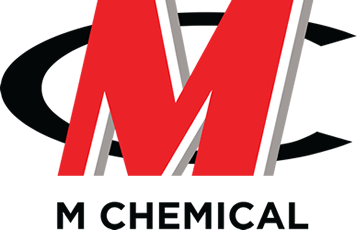Flame retardants play an important role in the safety profile of most of the items we encounter on a daily basis. These flame retarding chemicals are used across various materials with the purpose of reducing the risk of fire as well as impacting the outcome if a fire erupts. There are several different types of flame retardants, but today we’re going to focus on brominated versus halogen free.
While both types are effective, here are some key points to consider when choosing between brominated and halogen free flame retardants.
Brominated flame retardants (BFRs):
– Contain bromine
– Highly effective at preventing fires
– More cost-effective than alternatives
– Work by releasing free radicals that interfere with the combustion process
– Very versatile without significantly affecting the properties of the polymers they’re used in (such as their strength and flexibility)
– Commonly used in plastics, electronics, wiring, and transportation
Halogen free flame retardants (Non-Hals):
– Do not contain bromine or other halogens
– Use alternative chemical compounds such as phosphorus, nitrogen, magnesium or other minerals to prevent fires
– Help to reduce smoke and toxicity
– Growing in popularity due to their lower environmental impact
– Commonly used in plastics, electronics, building materials, automotive interiors, household appliances, and textiles
Choosing between BFRs and Non-Hals depends on the specific application and the level of fire resistance required. Both types of flame retardants have their advantages and it’s important to consider the full requirements of the materials to make an informed decision.
M Chemical ANTIFLAME™ and FIRE DOG® Flame Retardants provide a comprehensive selection of both brominated and halogen free flame retardants to fit every type of product need.
If you would like to discuss your specific application with one of our flame retardant technical experts, please contact us and we’d be happy to help you make an informed decision.








